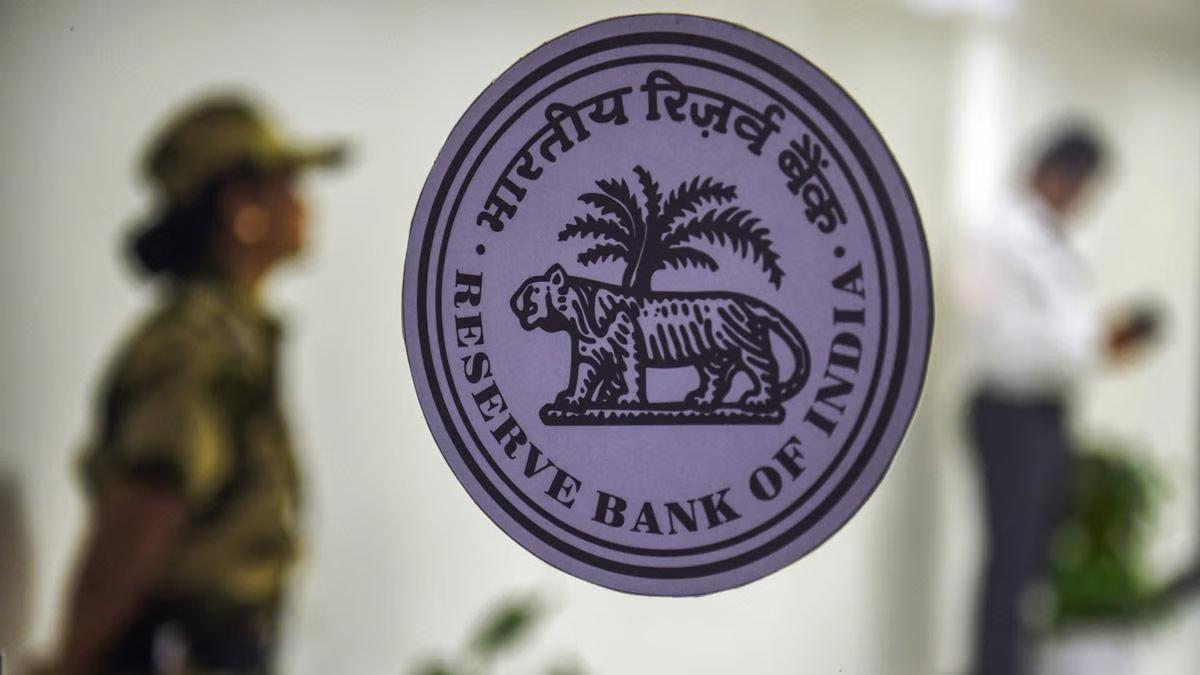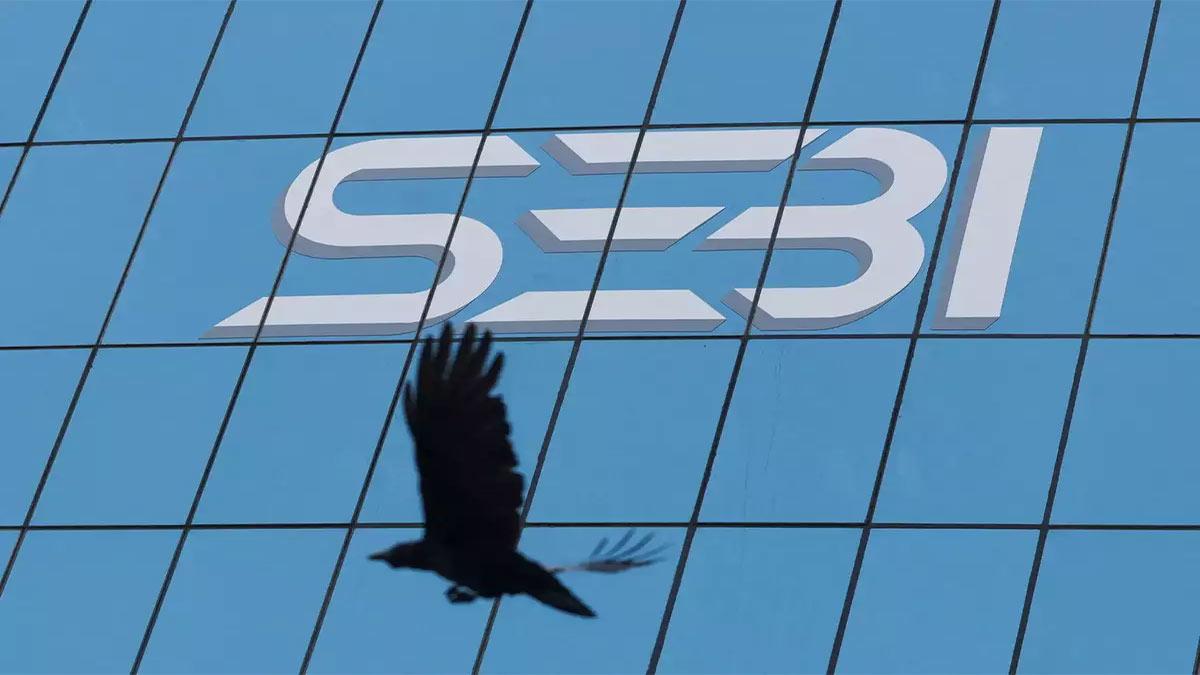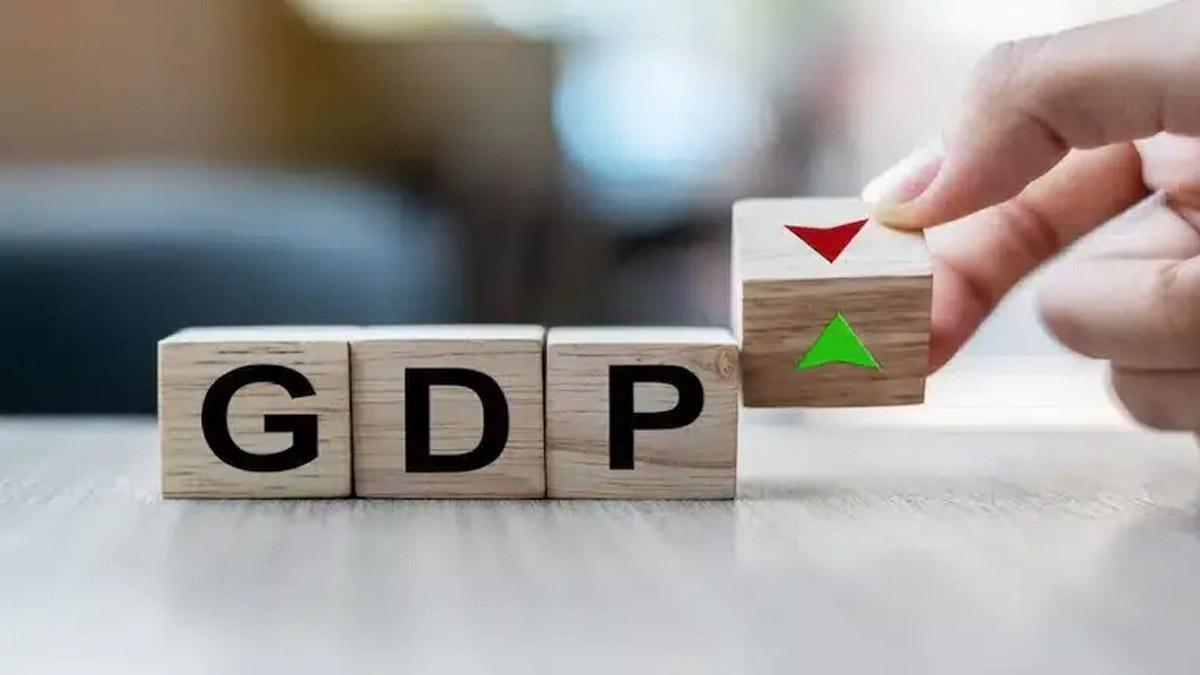The fresh changes in Reserve Bank of India's (RBI) priority sector lending (PSL) guidelines are set to spur growth in the economy by making its key sectors stronger, including MSMEs, agriculture, housing, and exports, as per a report prepared by SBI Research that came out on Wednesday.
The new PSL model, designed for boosting the focussed credit channeling to the priority sectors, will come into force from April 1.
The revised PSL guidelines raise loan limits in more than one sector, such as housing and renewable energy, thus expanding PSL coverage. A major change is to revise the PSL target of urban cooperative banks (UCBs) to 60% of Adjusted Net Bank Credit (ANBC) or Credit Equivalent of Off-Balance Sheet Exposures (CEOBSE), whichever is higher.
Boost to Affordable Housing
"The increased limits in the housing sector should contribute considerably to low-cost and affordable housing, especially in tier-IV, V, and VI cities, where banks and non-banking financial participants can leverage growing demand for homeownership post-pandemic," the SBI report said.
Furthermore, the loan ceiling for repair of damaged dwelling units has been raised, presenting new opportunities for financial institutions to provide credit in this secure and high-demand market. This action will help ease financial pressure on homeowners requiring liquidity for necessary repairs and broaden the housing loan market.
Renewable Energy Gains Priority
The RBI has clearly given prominence to renewable energy in the PSL mechanism, relaxing credit availability for non-conventional energy (NCE) projects. As India aims for 500 GW of non-fossil fuel capacity by 2030 and net-zero emissions by 2070, the increased PSL ceilings will propel credit flows to the clean energy segment.
In 2015, RBI also widened PSL guidelines to cover loans of up to ₹15 crore for solar and biomass-based power generation as well as renewable energy projects. The threshold was raised to ₹30 crore for each borrower in 2020 and has since been enhanced to ₹35 crore under the current amendments. The loan ceiling remains at ₹10 lakh for individual households.
"Though the ₹5 crore hike is modest in relation to the 2020 revision, such step-by-step policy interventions will bear substantial long-term impact, promoting both clean energy growth and PSL growth," the SBI report said.
Need to Bring Infrastructure under PSL
The report also proposed extending PSL coverage to cover all infrastructure loans on roadways, ports, railways, airports, highways, and the power sector.
"Big banks still struggle to achieve PSL targets. The sensible thing would be to treat all infrastructure loans as priority sector or exclude them from ANBC calculations, like infra bonds that are utilized to finance infrastructure and affordable housing," the report suggested.
Overall, these PSL amendments are likely to enhance credit availability in core economic drivers, supporting India's long-term growth path while in sync with sustainable development objectives.
Read also| India's Electronics Exports on Track to Exceed ₹3 Lakh Crore This Fiscal
Read also| PLI Scheme for Specialty Steel Secures ₹17,000 Crore in Investment Commitments


















